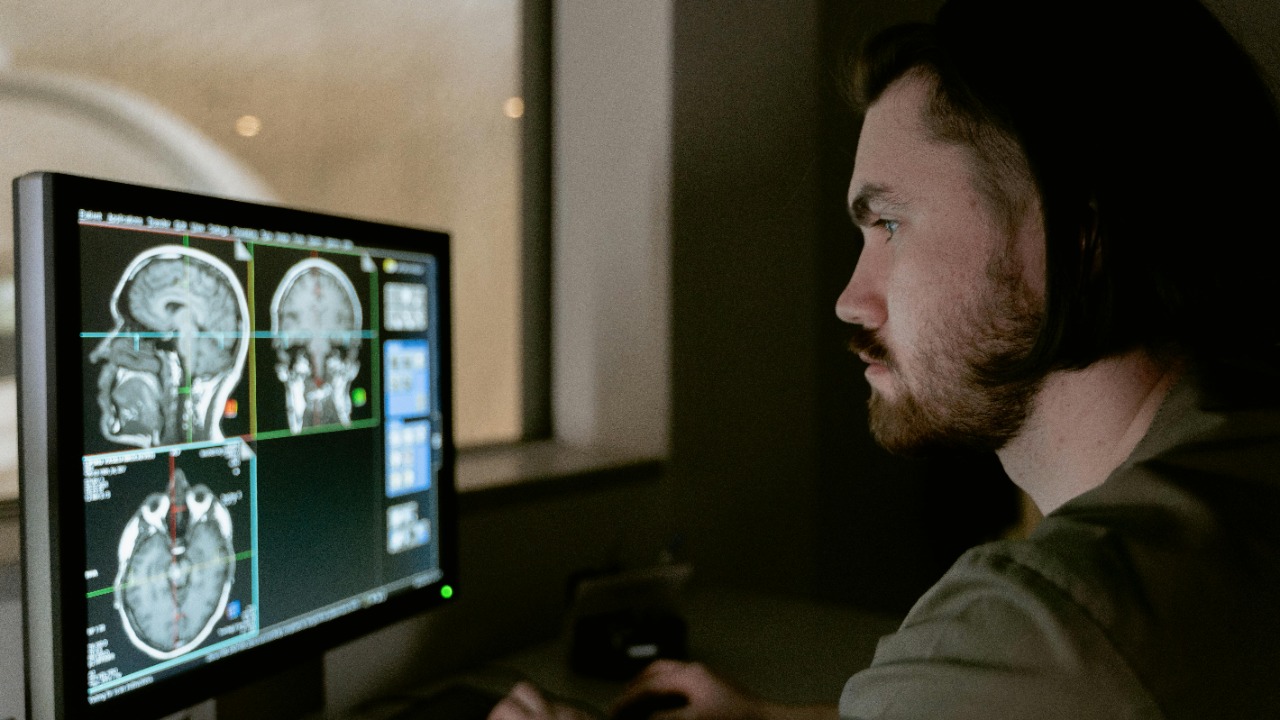
On October 31, 2025, researchers revealed a groundbreaking innovation: a brain-inspired computer prototype designed to bring self-learning artificial intelligence (AI) capabilities directly to mobile phones. This development, which leverages the efficiency of neural processing, builds on earlier advancements in infomorphic neurons and could revolutionize energy-efficient computing.
The Brain-Inspired Computer Prototype
Researchers have recently unveiled a computer prototype that draws inspiration from the human brain. Its core architecture emulates neural processing, a feature that could be a game-changer for AI applications. This prototype addresses the efficiency challenges that traditional computing faces, offering a more sustainable and energy-efficient model for AI processing. The brain-like computer could potentially be integrated into consumer devices like mobile phones, bringing self-learning AI capabilities to the fingertips of users.
Infomorphic Neurons and Brain-Like Learning
Infomorphic neurons are a significant advancement in the field of AI, bringing us one step closer to brain-like learning. These neurons enable adaptive, efficient learning processes inspired by biological systems, reducing computational demands and making AI more accessible. Infomorphic neurons have the potential to parallel neural adaptability without the need for vast data centers, making them a promising avenue for future AI development.
Contrasts Between AI and Biological Brains
While AI has made significant strides towards mimicking the human brain, it’s important to remember that AI and biological brains are fundamentally different. This, however, is not a hindrance but an opportunity for innovation. Current AI architectures diverge from brain functions in several ways, such as processing speed and energy use, but they still benefit from neuromorphic influences. As Quantamagazine outlines, these differences do not hinder progress in brain-inspired tech, but rather open up new possibilities for hybrid approaches that borrow principles from the brain without fully replicating it.
Exploring Living Computers with Brain Cells
Scientists are pushing the boundaries of AI by exploring the concept of ‘living’ computers powered by live brain cells. These organoid-based systems or biocomputing prototypes integrate actual neural tissue, potentially enhancing AI energy efficiency. However, using brain cells for computational hardware raises both ethical and practical considerations. National Geographic details the ambitions of scientists to build such systems, including the potential scalability to mobile devices.
Potential for Self-Learning AI on Phones
The brain-like computer prototype could enable self-learning AI directly on phones by significantly reducing power needs. This could open up a world of real-world applications, such as on-device machine learning for personalization without the need for cloud reliance. However, integrating this technology with existing smartphone hardware presents its own set of challenges. Despite these hurdles, the benefits, such as improved privacy through local processing, make it a promising prospect for future mobile technology.
Broader Impacts on AI Efficiency
The role of infomorphic neurons in advancing brain-like learning could lead to significant gains in AI efficiency. Concepts of ‘living’ computers could complement hardware prototypes for sustainable AI deployment. These developments highlight the cross-disciplinary nature of AI research, with energy savings aligning with views on AI-brain differences to foster growth in edge computing. As we continue to innovate and push the boundaries of what’s possible, the future of AI looks promising indeed.
More from MorningOverview